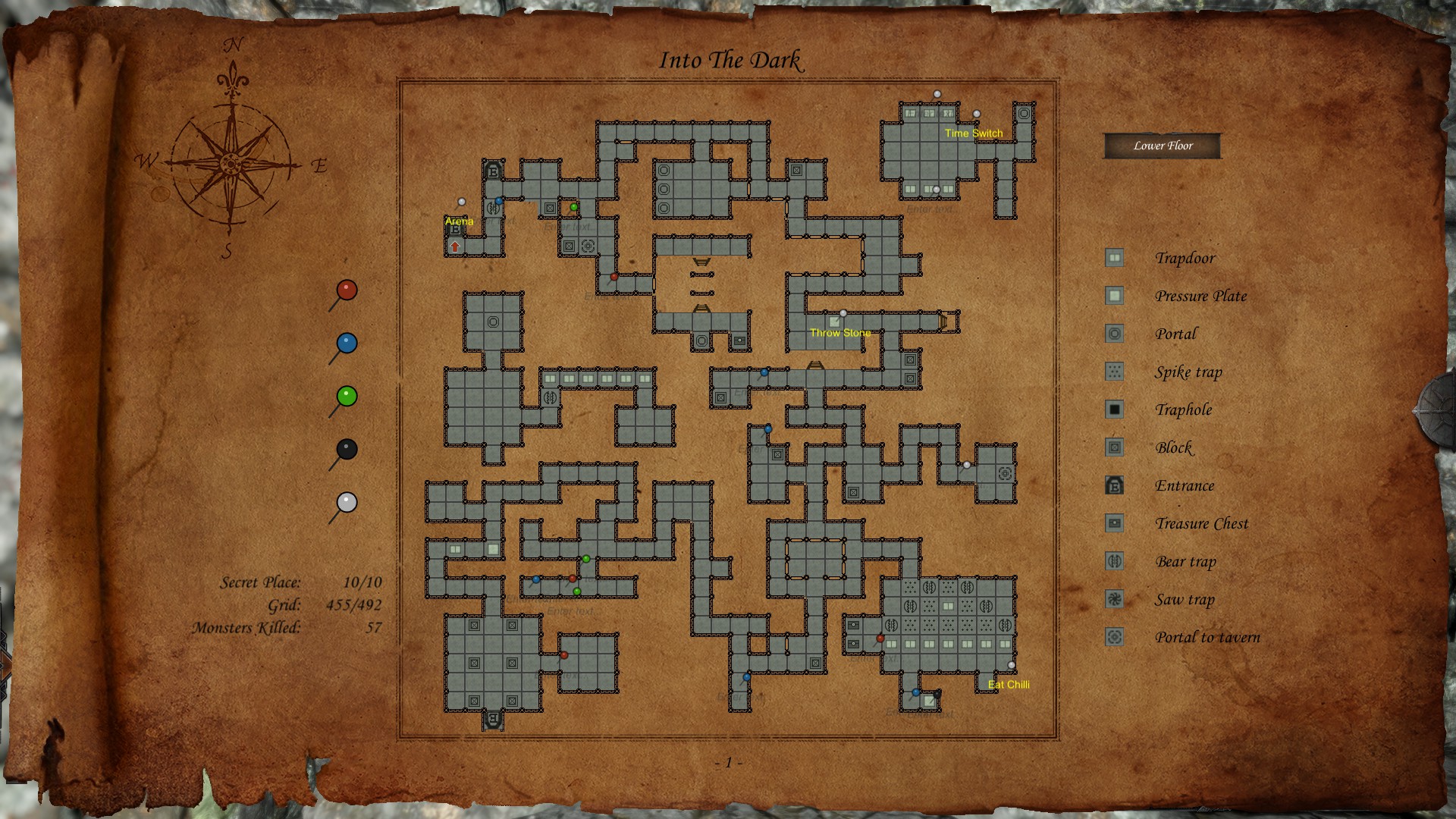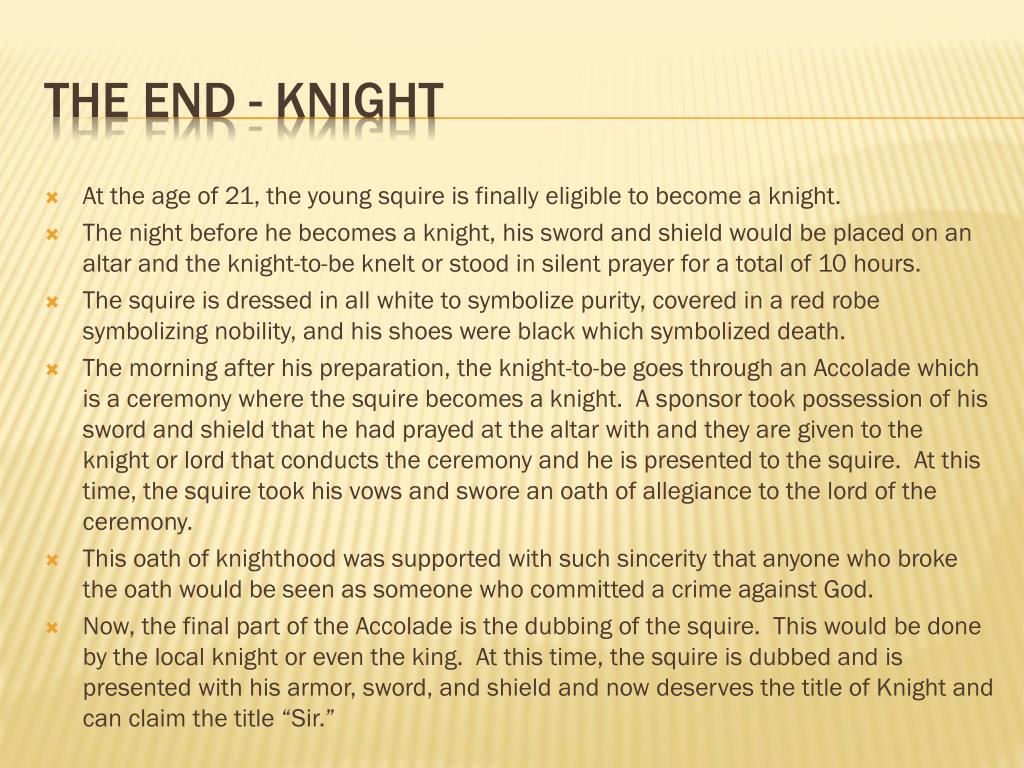

Accuracy was also an important factor and squires practised "Running at the Rings" where the lance was aimed at a target in the shape of a ring - these rings were obviously much smaller to lance than a man and this skill was therefore difficult to master. A variation of the quintain added heavy swinging sandbags which also had to be avoided. The squire's task was to avoid the rotating arms and not get knocked from his saddle. When the shield was hit by a charging squire, the whole apparatus would rotate. The quintain consisted of a shield and dummy which was suspended from a swinging pole. The tool used in the practice of the lance was called called the quintain. Their skills with the lance had to be perfected. Injuries were a common occurrence during their knighthood training. Their Knighthood training became far more dangerous. As Squires they were seen as men capable of fighting in battles. They had served as pages and learnt the basic skills required during their Knighthood training. The Medieval Squire of the Middle Ages was aged between fourteen and twenty-one. Knighthood Training - The Medieval Squire The pages and squires were also expected to play their part of caring for the horses in the stables. Starting with small ponies they would hone their equestrian skills in their Knighthood training.
#Levels of knighthood how to
The apprentice knights would learn how to ride and control their horses and the art of this type of warfare. The more common warhorses were like modern hunters, known then as Destriers. The Courser was the most sought after and expensive warhorse, owned by the most wealthy knights. Bigger and stronger horses were required as warhorses. These knights ranged in various sizes starting with a palfrey, or an ambler for general travelling purposes. A knight would own several horses which were built for different duties. A horse played an extremely important part in the life of a knight. The knighthood training of both the Pages and the Squires of the Middle Ages continued with acquiring excellent equestrian skills.

Knighthood Training in other physical skills included climbing, swimming, throwing stones, javelins, archery and wrestling. Fighting on piggyback introduced the young knights to the balance and skills required in mounted combat. Sword play was practised using wooden swords and shields. The Page was expected to learn the technique called the 'couch' where the lance is held under the arm to steady it during a course, substantially reducing the amount of flex and increasing the accuracy of a lunge. The wooden horse would be pulled along by two other pages towards the target and the page would aim the lance. A target was erected and the Page would mount a wooden 'horse' on wheels holding a lance. A Page would start to acquire the skills required of a Knight by practising the skills of tilting a lance during their knighthood training. Obviously dangerous weapons were not used by these young boys! Great emphasis was placed on physical fitness and strength. The Knighthood training began in earnest as a Page when all their games and sports were geared towards learning skills related to horsemanship, the two-handed sword, battle axe, mace, dagger and lance. The duties of a knight were seen as the combat duties and those duties related to serving the lords and ladies. But his training commenced from the age of seven.

The Medieval Page of the Middle Ages was little more than a child. Knighthood training was focussed on weapon practise which included enhancing skills in horsemanship, the two-handed sword, battle axe, mace, dagger and lance. The different types and styles of Knighthood training depended on the age and strength of the apprentice knights. From fourteen to twenty-one these 'apprentice knights' were referred to as Squires. From the age of seven to fourteen these young boys were given the role of a Medieval Page. Knighthood training began in early childhood when a basic education and good manners and rules of etiquette were taught at home.Īt the age of 7 young boys were sent away to the castles and homes of wealthy lords or relatives to embark on their knighthood training.

Knighthood training was a long and often arduous process. Knighthood Training - Castle and Siege Warfare.Knighthood Training of the Medieval Squire.Knighthood Training - Equestrian Skills.Knighthood Training of the Medieval Page.Interesting Facts and information about Knighthood Training in the Middle Ages.


 0 kommentar(er)
0 kommentar(er)
